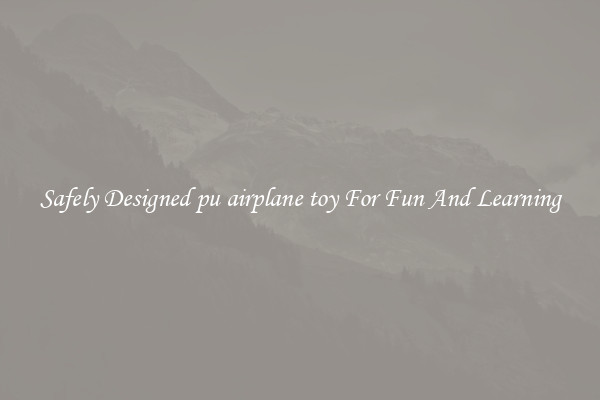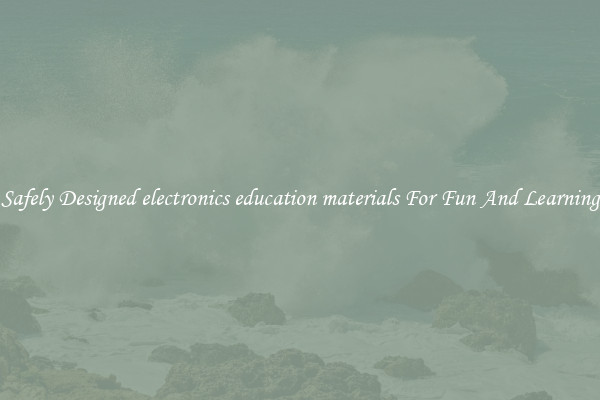Safely Designed creativity unique For Fun And Learning
Safely Designed Creativity: Unique for Fun and Learning

Creativity is a crucial aspect of human development and enables individuals to think outside the box, generate ideas, and solve problems effectively. It is a skill that is not only essential for personal growth but also for professional success. However, it is equally important to ensure that creativity is nurtured in a safe and secure environment, especially when it comes to children.
Creativity is not limited to arts and crafts. It encompasses a wide range of activities, including scientific experiments, innovative technology projects, imaginative storytelling, and more. The key to unlocking creativity is to provide a safe space where individuals can explore their ideas freely and without fear of judgment or failure.
When designing activities for fun and learning, it is crucial to prioritize safety. This involves taking several precautions to ensure that the creative process does not pose any risks to the participants. For instance, in arts and crafts activities, using non-toxic materials, such as water-based paint and glue, ensures that children can freely experiment without the worry of harmful substances. Similarly, while conducting science experiments, using protective gear like gloves and goggles guarantees the safety of the participants.
Furthermore, the physical environment in which creative activities take place should also be designed with safety in mind. Ensuring that there are no sharp edges or objects that can cause accidents is vital. Adequate supervision should be provided, especially when working with young children, to minimize any potential risks.
Apart from physical safety, emotional safety is equally important. Creating a positive and non-judgmental atmosphere enables individuals to express their ideas without the fear of criticism. Encouraging a supportive environment where mistakes are seen as learning opportunities fosters creativity and boosts self-confidence.
Engaging in creative activities not only brings joy and fun but also enables individuals to develop essential skills and knowledge. For children, creativity is integral to their cognitive development. By encouraging them to think creatively and solve problems, we enhance their critical thinking abilities, improve their problem-solving skills, and nurture their curiosity. Creative activities also promote social and emotional development by encouraging teamwork, communication, and sharing of ideas.
Incorporating technology in creative activities can further enhance the learning experience. Platforms that offer interactive and educational games, coding programs, and virtual reality experiences provide a unique opportunity for children to explore their creativity in a controlled and safe environment. However, it is crucial to ensure that technology is used responsibly and in moderation, with supervision and age-appropriate content.
In conclusion, designing creativity for fun and learning should prioritize safety to provide individuals, especially children, with a secure environment to explore their imagination. Whether it is through arts and crafts, science experiments, or technological advancements, fostering creativity in a safe setting promotes personal growth, enhances critical thinking abilities, and nurtures curiosity. By supporting and encouraging creativity in a carefully designed manner, we can ensure that individuals of all ages can unleash their unique capabilities and unlock their full potential.

View details

View details

View details

View details







